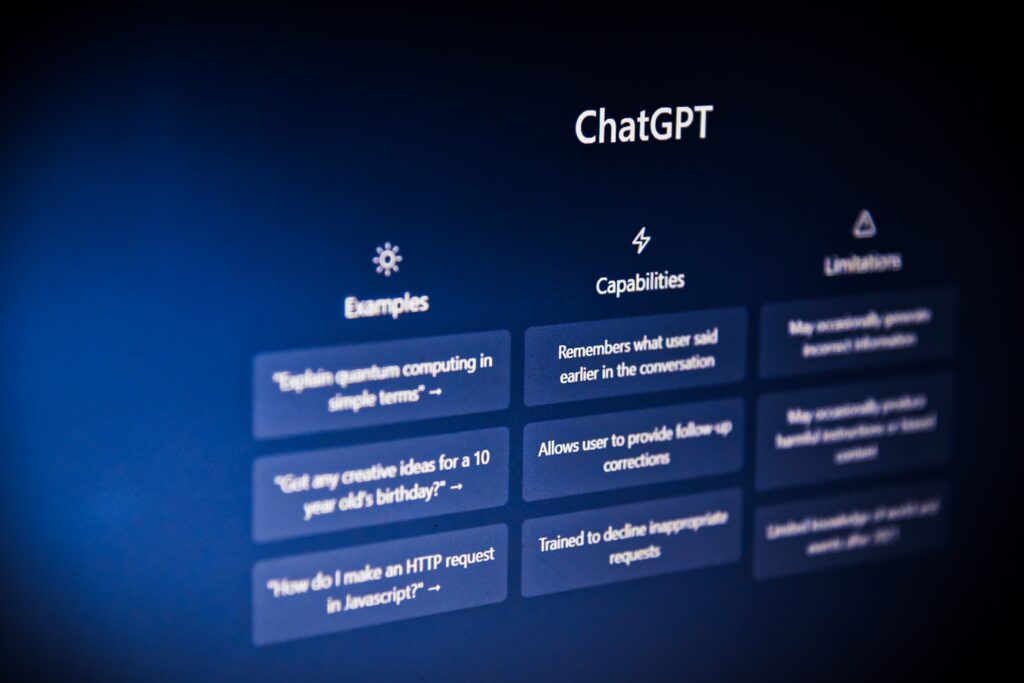If you’re just starting with ChatGPT, the world of AI-powered conversations can seem both exciting and a bit confusing. ChatGPT is an incredibly versatile tool that can help you with writing, learning, brainstorming, coding, and much more but knowing how to ask the right questions, or “prompts,” is key to unlocking its full potential.
In this guide, we’ll walk you through some of the best ChatGPT prompts for beginners in 2025, along with tips on how to craft your own effective prompts so you get the most accurate and useful responses.
What Is a ChatGPT Prompt?
Simply put, a prompt is the text or question you type into ChatGPT to get a response. The quality of the prompt directly influences how helpful and relevant the answer will be. Think of it like giving instructions to a very knowledgeable assistant the clearer you are, the better the help you receive.

Why Are Prompts Important?
Many new users try vague or overly broad prompts and get disappointing answers. Learning how to ask clear, detailed, and specific questions can drastically improve your experience. Good prompts save you time and help you get actionable information quickly.
Best ChatGPT Prompts for Beginners in 2025
Here are some tested, real prompts beginners can use today:
1. Simple Explanations
Use ChatGPT to explain complex topics in an easy-to-understand way.
- “Explain blockchain technology in simple terms.”
- “What is climate change? Explain it for a 12-year-old.”
- “Describe how photosynthesis works.”
2. Summarization
If you have long articles, emails, or documents, ChatGPT can summarize them quickly.
- “Summarize this article: [paste text].”
- “Can you give me a brief summary of this report?”
- “Summarize the main points from this text.”
3. Creative Writing Help
ChatGPT can generate ideas and drafts for stories, poems, and blog posts.
- “Write a short story about a cat that travels to space.”
- “Give me 10 blog post ideas about sustainable living.”
- “Write a poem about friendship.”
4. Email and Professional Writing
Get help drafting professional emails, letters, or messages.
- “Write a polite email asking for a meeting next week.”
- “Create a follow-up email for a job interview.”
- “Write a thank-you note to a client.”
5. Learning and Study Assistance
Use prompts to learn new subjects or prepare for exams.
- “Explain the causes of World War II.”
- “Give me 5 practice math problems on fractions.”
- “Summarize the key concepts in photosynthesis.”
6. Planning and Organizing
ChatGPT can help you build schedules, meal plans, or workout routines.
- “Create a weekly workout plan for beginners.”
- “Help me plan a 5-day trip to Paris.”
- “Make a meal plan for a vegetarian diet.”
7. Coding Help
If you’re a programmer, ChatGPT can assist with code writing and debugging.
- “Write a Python script that sorts a list of numbers.”
- “Explain this JavaScript error message.”
- “Help me write a function to calculate Fibonacci numbers.”
8. Translation and Language Practice
Translate texts or practice foreign languages.
- “Translate this sentence to French: ‘Where is the nearest train station?’”
- “Correct the grammar in this paragraph.”
- “Help me practice conversational Spanish.”
Tips for Crafting Effective Prompts
Here are some tips to improve your results when using ChatGPT:
Be Specific
Vague questions lead to vague answers. Add context and details.
Instead of:
“Tell me about marketing.”
Try:
“Explain digital marketing strategies for small businesses in 2025.”
Ask for Formats
If you want a list, table, step-by-step guide, or bullet points, say so.
Example:
“List 5 benefits of meditation in bullet points.”
Use Follow-Up Questions
If the answer is not detailed enough, ask for more information.
Example:
“Can you explain that further?” or “Give me examples.”
Include Constraints
If you want a certain style or length, include that.
Example:
“Write a 200-word summary of the article.”
Experiment and Iterate
Try different versions of your prompt to see what works best.
Common Beginner Mistakes to Avoid
- Too broad prompts: Avoid one-word or very general prompts.
- No context: Always give enough background to guide the response.
- Ignoring responses: Use follow-ups instead of starting fresh every time.
- Expecting real-time facts: ChatGPT knowledge is current up to 2023 or later depending on version; verify important info.
Examples of Beginner-Friendly ChatGPT Sessions
Here’s a sample conversation you might have with ChatGPT as a beginner:
User: Explain renewable energy in simple terms.
ChatGPT: Renewable energy comes from natural sources like sunlight, wind, and water that don’t run out. It’s clean and helps reduce pollution.
User: Can you give me 3 examples of renewable energy?
ChatGPT: Sure! Solar power (from the sun), wind power (from wind turbines), and hydroelectric power (from flowing water).
Why Use ChatGPT in 2025?
With AI becoming part of everyday workflows, knowing how to use ChatGPT effectively can boost your productivity, creativity, and learning. It can automate repetitive writing tasks, generate ideas quickly, and serve as an on-demand tutor or assistant.
Getting Started
To start using ChatGPT, simply visit chat.openai.com, create an account, and type your first prompt. Remember, practice makes perfect — the more you experiment, the better you’ll get at crafting prompts that give exactly what you need.
Final Thoughts
ChatGPT is a powerful tool, and with the right prompts, beginners can tap into its vast potential quickly. Use the examples and tips here to build confidence and explore all the ways AI can help you in your personal and professional life.
Would you like me to create prompts tailored to a specific industry or task?
